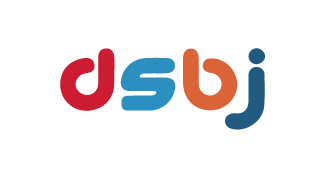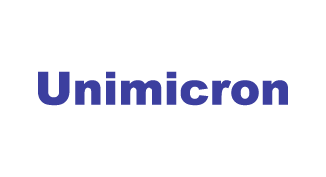AI Case Studies
PCB
Enhance production efficiency and quality through the optimization of process control with Profet AI AutoML. Reduce raw material costs and better meet diverse customer demands.
Application Scenarios
Process Optimization, Parameter Optimization, Root Cause Analysis
Status Quo
The PCB (Printed Circuit Board) industry is characterized by high precision and stringent cost control, requiring constant efforts to enhance quality and efficiency. As the application fields of PCBs expand and technology advances, customer demands for performance and delivery times are also increasing.
Challenges
To meet these challenges, the PCB industry must continuously optimize manufacturing processes and improve production efficiency, while seeking innovative solutions to satisfy market demands. Utilizing AI technology to optimize process control, enhance production efficiency, and improve quality will become a crucial approach for companies to gain a competitive edge. Through continuous improvement and innovation, PCB manufacturing companies can better meet customer needs and stand out in the competitive market.
Nickel-Gold Thickness Prediction
The thickness of the gold layer affects PCB performance, quality, and cost. Too thin leads to scrap, too thick increases material costs.
Pain Points Analysis:
- High Trial Costs: Traditional methods require extensive testing and adjustments, consuming time and effort.
- Reliance on Experience: Parameter adjustments depend on operator experience, leading to potential inaccuracies by novices.
- Complex Production Parameters: Numerous, interrelated factors make finding the optimal combination challenging.
Outcome Benefits:
- Predict and simulate process parameters, reducing trial costs by 10%.
- Optimize parameters, shortening trial time and improving efficiency by 9%.
Etching Speed Optimization
Controlling etching speed precisely is crucial. Inaccurate control leads to non-compliant product specifications.
Pain Points Analysis:
- Skill Mastery: Historically reliant on experienced operators, with long learning curves for novices.
- Extensive Testing: Requires many trials to determine optimal speed, wasting time and resources.
- Human Factors: Manual adjustments influenced by environmental and personal factors, leading to inaccuracies.
Outcome Benefits:
- Simulate parameter combinations, reducing trial and error, increasing efficiency by 11%.
- Minimize experience-related discrepancies, enhancing product quality by 8%
Drill Hole Variation Analysis
Drill hole variations in PCBs affect connectivity, signal transmission, component installation, and manufacturing costs. Controlling these variations ensures PCB functionality and reliability.
Pain Points Analysis:
- Complex Multilayer Data: Numerous, complex parameters require adjustment, making operations time-consuming.
- High Production Costs: Significant variations necessitate repeated adjustments and testing, extending process times and increasing costs.
Outcome Benefits:
- Detect defects in unstable quality batches, improving quality by 10%.
- Simulate and recommend parameters, reducing trial runs, and lowering production costs by 7%.




